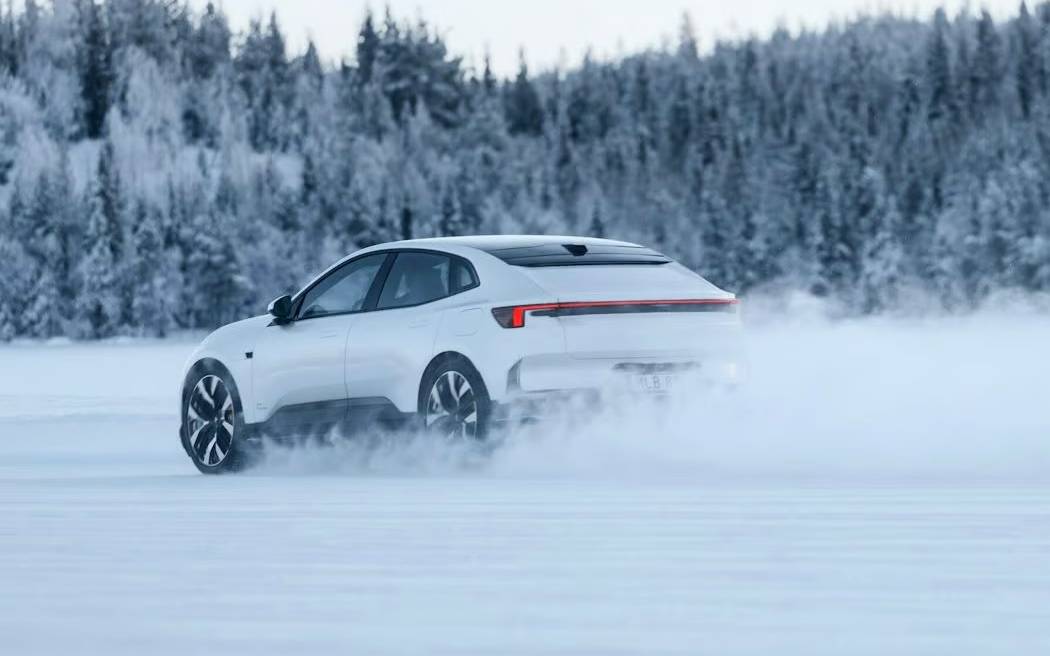Polestar’s Cold-Weather EV Driving Tips Arrive Just in Time for Winter
No vehicle likes the cold, but EVs probably hate it more than all the others. As temperatures drop below the freezing point, the electrochemical processes in the high-voltage battery slow down, affecting both charging speeds and range. In addition, heating the car's cabin to a comfortable temperature requires more energy than it would in the summer.
We’ve shared some useful tips for EV drivers in the past, but we thought you could use insights and advice from a Swedish car company whose products are tested in some of the harshest of winter conditions you can think of—Polestar.
- Also: Electric Cars: New Data on Range Loss in Winter
- Also: Best Winter Tires for 2024-2025: The Car Guide's Top Picks
Preheat Your EV
Most EVs have a preconditioning function that allows drivers to preheat the car before hitting the road, thus preventing range loss. It also gives the battery more time to warm up and be at a more optimal temperature when driving off. Ideally, try to keep your EV in a garage or some kind of car shelter. This will save you some extra energy when warming up the car.

Use the Heated Seats and Steering Wheel
Speaking of warmth, using the heated seats and steering wheel can keep you warm during a shorter trip where you can turn down the cabin temperature and still feel comfortable, as Polestar notes. These features are more energy-efficient than a cabin heater and therefore less of a burden on the battery.
Drive Smart
Throughout winter, the roads can be covered in snow, ice or just more slippery due to the cold. The safest way to drive during this season is also the one that helps maximize an EV’s range. That means avoiding hard acceleration and braking. By maintaining a steady speed and braking gently, you’ll use less of your battery charge.

Activate Eco Mode
Efficiency-minded drivers, especially those who own an EV, are wise to use their car's Eco mode in an effort to maximize range. Not only does it help prevent those hard accelerations we’ve just talked about, but it also adjusts HVAC settings to avoid draining the battery too quickly.
Plan Your Trips and Charging Stops
If you’re planning a longer drive where you need to stop and charge, make sure to add a fast charger as a waypoint in your navigation system. Many EVs including Polestar’s can make sure to heat the battery to the optimal level for charging by the time you arrive. This allows for quicker and more efficient charging.

Keep the Battery at Least 20 Percent Charged
An EV’s high-voltage battery drains more quickly in cold temperatures, but owners are advised to avoid completely running the battery down by keeping it at least above 20 percent. If you must leave your car in the cold, the automaker says, make sure it is sufficiently charged in the first place. This will give you enough charge to heat the vehicle again and for emergencies.
Stay Alert and Ready
Winter can be unpredictable, so you should be ready for any situation. For example, make sure to bring a winter kit, particularly if you are heading on a longer trip on roads less travelled. This kit should include a shovel, traction aids, emergency flares, blanket, flashlight, snacks and more handy items. Don’t forget to fill up on washer fluid and keep your tires properly inflated at all times, too.












